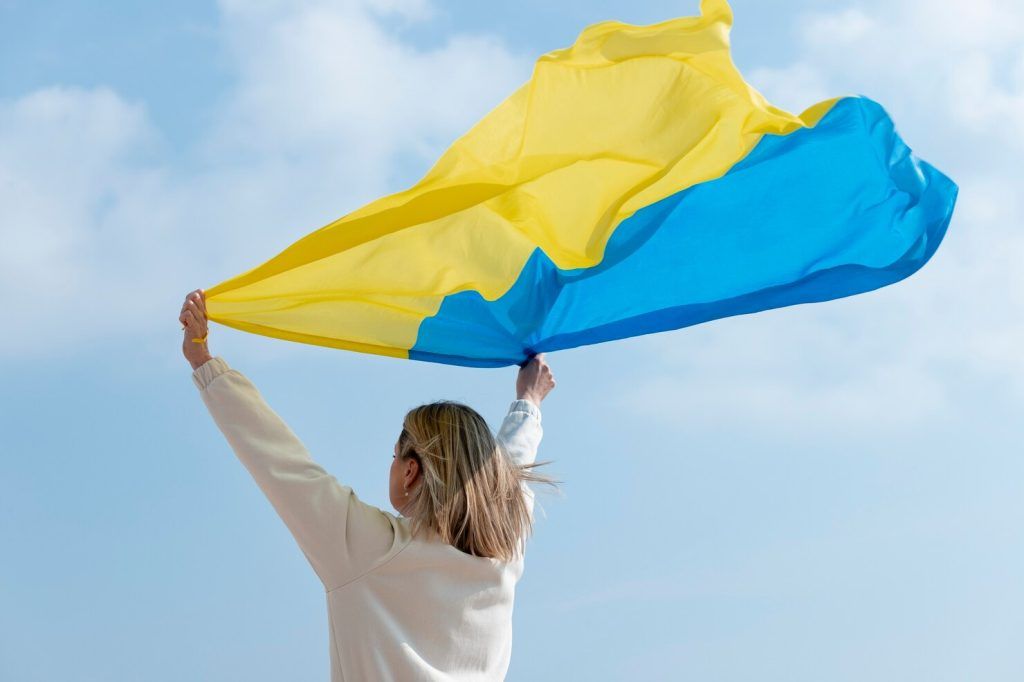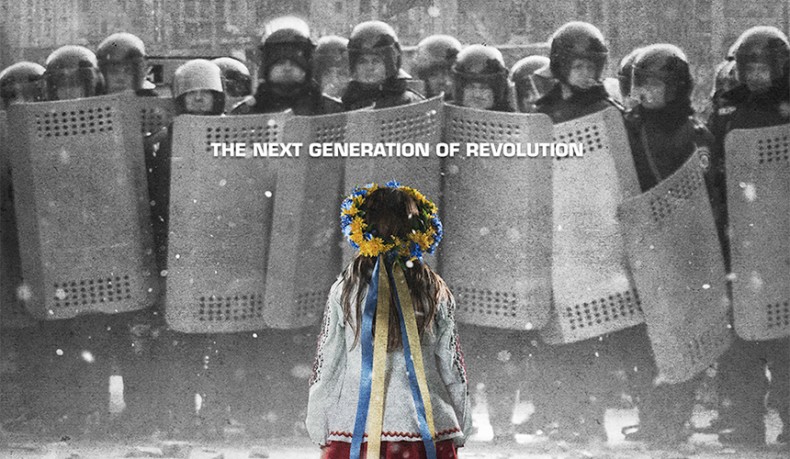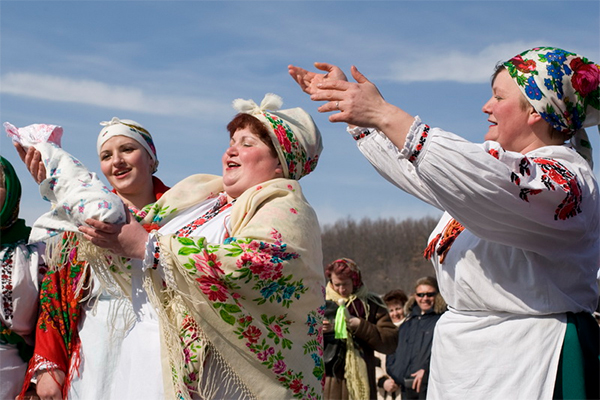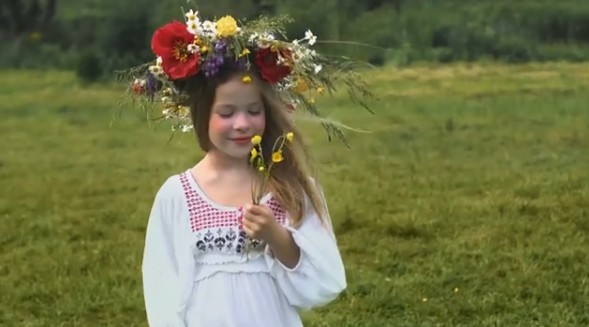A blue and yellow flag typically refers to the national flag of Ukraine. The flag consists of two horizontal bands, with the upper band being light blue and the lower band bright yellow. The flag of Ukraine carries ancient significance, symbolizing the union of wheat fields and azure skies.
A few more countries have blue and yellow flags as their national symbol. These include Sweden, Kazakhstan, Bosnia and Herzegovina and Palau.
The flag of Ukraine has a rich history that reflects the country’s struggles for independence and sovereignty.
Here is an overview of the history of Ukrainian blue and yellow flag:
First Ukrainian Statehood (1917-1920)
The blue and yellow bicolor flag first appeared in the Spring Revolution of 1848 in Lemberg, which was then part of the Austrian Empire. The design of the first Ukrainian national flag is attributed to Mykhailo Boichuk and was officially adopted on January 22, 1918.
It featured two horizontal bands of equal width, with the top one being blue and the bottom one yellow.
Soviet Period (1920-1991)
Following the incorporation of Ukraine into the Soviet Union in 1920, the blue and yellow flag was replaced by various Soviet flags, and any expression of Ukrainian nationalism was suppressed.
During World War II, Ukrainian nationalists continued to use the blue and yellow flag as a symbol of resistance.
Independence Movement (1989-1991)
With the weakening of Soviet control in the late 1980s, the blue and yellow flag regained prominence as a symbol of Ukraine’s push for independence.
The flag was officially readopted as the national flag on January 28, 1992, shortly after Ukraine declared its independence from the Soviet Union on August 24, 1991.
Design and Symbolism
The national flag of Ukraine consists of two horizontal bands: a light blue band on top representing the sky and a bright yellow band on the bottom representing fields of wheat.
The blue and yellow colors have deep historical and cultural significance, reflecting Ukraine’s landscape, traditions, and aspirations.
Modern Usage
The blue and yellow flag has become an integral part of Ukraine’s identity and is widely displayed during national celebrations, events, and protests.
9 interesting facts about the Ukrainian flag:
- In 1948, residents of Galicia started using blue and yellow flags, elevating its significance to a national level.
- There is a rumor about a famous conversation between Leonid Kravchuk and Chinese artist Mao Mao in 1992. Mao Mao strongly urged Kravchuk to quickly change the color arrangement on the flag, as Ukraine had recently formed, and the national symbolism had not yet solidified. She believed that such a color combination would bring numerous hardships and predicted the country’s collapse.
- In 1917, during the Ukrainian Revolution, yellow-blue flags were used in the Ukrainianization of units in the Black Sea Fleet and related detachments left after World War I. Yellow-blue flags were used in the Battle of Kruty by young men.
- The first mentions of the blue and yellow color combination date back to the founding of the city of Lviv. Danylo Halytsky, when founding Lviv in honor of his son, depicted a yellow lion on a blue background. Many believe this contributed to the current Ukrainian flag, but this fact speaks more to the popularity of blue and yellow in Ukrainian symbolism.
- In the 14th century, the Russian Kingdom also used combinations of yellow (golden) and blue (azure) in the symbolism of their principalities. Many princes and nobles used this combination in the arms of their lands.
- Historically, the first president of Ukraine, Mykhailo Hrushevsky, approved the yellow-blue flag. In the modern Constitution of Ukraine, the national flag is blue and yellow.
- Cossack flags of the Zaporozhian Host often used yellow and golden colors in their banners, especially prominent in the 18th century. They often depicted a knight in golden or red attire.
- The color symbolism represents not only fields and the sky. For instance, the golden color carries higher spiritual forces: the Creator, Father-God, and overall the Creator of all existence. Blue symbolizes freedom, earthly values, and their freedom of choice, all endowed to humanity by God. This symbolism is based on Orthodoxy.
- The first appearance of blue and yellow flowers was noted during the Great Migration of Peoples, which occurred around 3000 BCE and spread across the Black Sea to India. In India, blue and yellow symbolism can still be found, but there, the yellow color never dominates over the blue.
The flag is also present in the national emblems, official documents, and military insignia of Ukraine.
The history of the Ukrainian flag is intertwined with the country’s pursuit of independence and its enduring commitment to national identity. The blue and yellow flag continues to symbolize the unity, resilience, and aspirations of the Ukrainian people.





